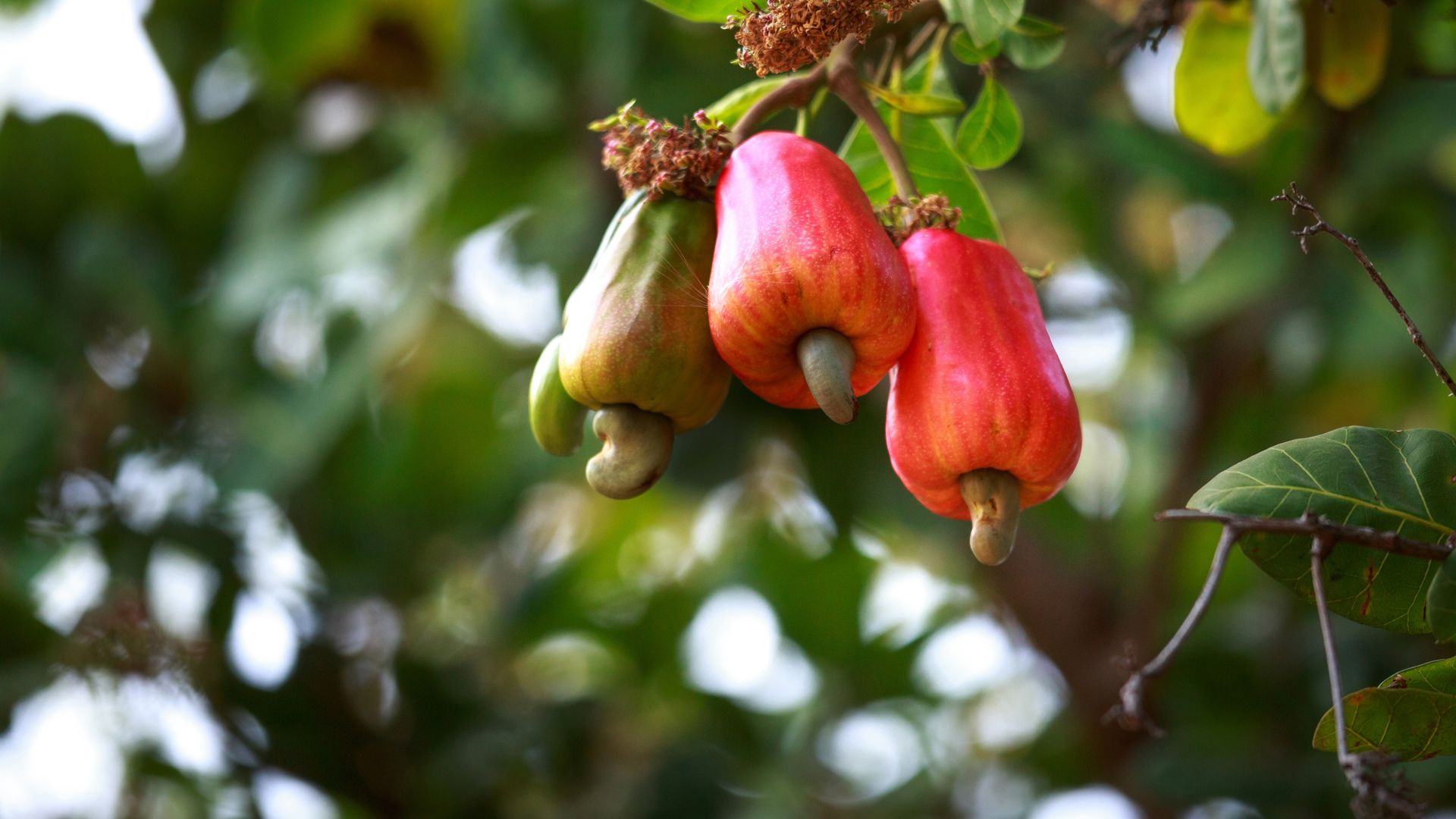Concrete is the world’s most frequently used construction material, and demand for it will only increase over the coming years. Given this reality, new ideas are needed for the construction industry to meet its net-zero targets. With its cement additives and concrete admixtures, Sika already makes a key contribution toCO2 reduction and is carrying out in-depth research into new solutions.
Innovation Driving Net Zero
In November 2022, the world population passed the eight-billion mark. According to UN forecasts, the number of people on the planet will peak in the 2080s at around 10.4 billion. As humanity faces this future, it will be a particular challenge for the construction industry to achieve net zero targets. Concrete contains about 80% aggregates and water and around 15% cement. A few decades ago, clinker accounted for 95% of cement. However, thanks to concrete admixtures and additives, the clinker content has been continuously reduced through the introduction of alternative binders. Nevertheless, the production of clinker is still responsible for up to 8% of all global carbon dioxide emissions.
ENABLING CLINKER REDUCTION
Cement substitutes that reduce the proportion of clinker make a significant contribution to the reduction of CO2 emissions. The demand for these materials is considerable, as the construction industry aspires to – and must - reduce its CO2 footprint. Sika is therefore anticipating that the market volume of supplementary cementitious materials – or SCMs for short – will roughly double to around CHF 37 billion between 2022 and 2030.
FORMULATION –THE KEY TO SUCCESS
Concrete is the world’s most frequently used construction material and demandfor it will only increase over the coming years. Given this reality, new ideas are needed for the construction industry to meet its net zero targets. With its cement additives and concrete admixtures, Sika already makes a key contribution toCO2 reduction and is carrying out in-depth research into new solutions.INNOVATION DRIVING NET ZEROthere is a major challenge to be overcome because the quantity of available SCMs is currently limited. That’s why Sika is working intensively on new additives and concrete admixtures to enable the use of a variety of SCMs so that the clinker content in cement can be reduced. “As a leading company, we have a responsibility to drive solutions to reduce the amount of clinker in cements and increase the use of substitutes,” emphasizes Evelyne Prat, Core Technology Head Cementitious Technology at Sika.
CASHEW SHELL ASH AS A CEMENT SUBSTITUTE
Sika’s national subsidiaries are carrying out impressive research locally into new additives and concrete admixtures that can facilitate the use of new SCMs. A good example is Ivory Coast, where Sika is now using the ash of cashew nut shells asa cement substitute. In the newly developed tile adhesiveSikaCeram®-80 CI, the ash of these shells replaces a proportion of the cement, which in turn reduces the CO2 footprint of the product by around 30%. Demand for the new product has been impressive: about 250 tons were produced in the first two months after the launch in 2022.
THE CHALLENGE OF FORMULATION
Sika is looking to partially replace cement in all mortar categories over the next few years. The goal is to increase the substitution rate – which averaged 14% in 2022 – to 50% by 2025. However, products must meet or exceed Sika’s high-quality requirements. “The key to success is the right recipe,” explains Evelyne Prat. This requires considerable specialist knowledge, as formulating the optimum recipe is challenging in solutions that involve different SCMs. But as a specialist in the construction chemicals area, Sika is mastering this challenge. “The great thing is that our solutions with SCMs exhibit even better performance qualities than customary products with a higher proportion of cement,” explains Evelyne Prat. Sika has recently brought an array of high-quality products to market. These include Sikagard®-5500, the first biomass-based concrete protective coating, and the two mortars SikaGrout®-800 and 3320. All these products have a 30% to 40% lower CO2 footprint while also impressing with their technical performance. Furthermore, the company will launch its first cement-free tile adhesive in 2023 in the form of SikaCeram®-252 Impact. This results in 50% lower CO2 emissions than a conventional product, with easier and more flexible application.
MARKET REACTS POSITIVELY
Continuous and profitable sales growth shows that theseproducts are being well received by the market. Sika has already contributed to several major projects with its sustainableproducts. These include the Bono suspension bridge near Vannes, France, which involved the use of the repair mortar Sika MonoTop®-4012 F. Waste material replaces a proportion of the cement in this product.

